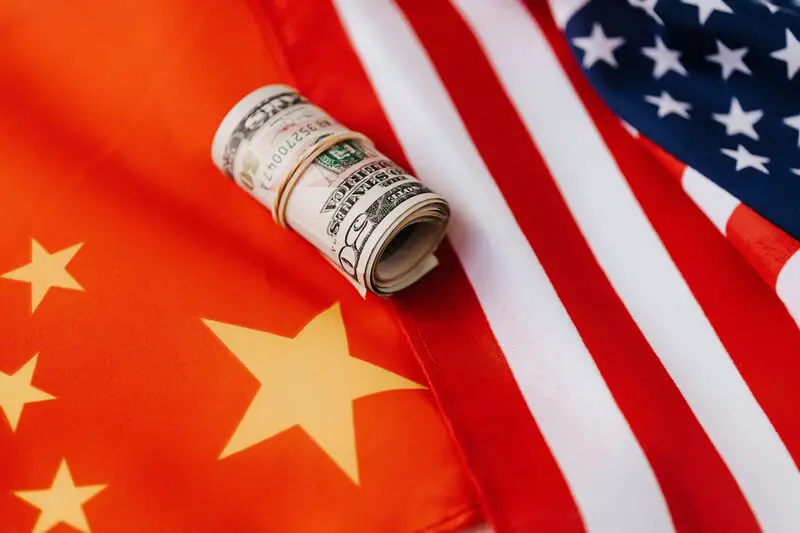Gold has held a unique and enduring place in the global economy for centuries. Its price is not only a reflection of supply and demand but also a window into the state of the world's financial, political, and social systems. By exploring the historical trends and key events that have influenced gold prices, we can better understand its role as a store of value and a safe haven asset.
In this article, we'll trace the major historical milestones that have shaped gold prices—from the days of the gold standard to the volatility of modern economic crises.
The Gold Standard Era (1870s–1971)
What Was the Gold Standard?
The gold standard was a monetary system in which countries fixed the value of their currencies to a specific amount of gold. Under this system, money could be exchanged for gold at a set rate. It created a sense of stability in international trade and currency valuation.
Impact on Gold Prices
During the gold standard era, gold prices were fixed, meaning they did not fluctuate in the way they do today. For example, in the UK, the price of gold was tied to the pound, and in the US, it was fixed at $35 per ounce from 1934 until 1971.
The downside? Countries had limited flexibility to respond to economic downturns because their monetary policy was constrained by gold reserves.
The End of the Gold Standard (1971)
In 1971, US President Richard Nixon suspended the convertibility of the US dollar into gold, effectively ending the Bretton Woods system. This move, known as the Nixon Shock, marked the beginning of the modern era of fiat currency—money not backed by a physical commodity.
Gold Price Impact
Once the gold price was no longer fixed, it became subject to market forces. The price began to rise dramatically in the 1970s due to inflation, currency instability, and geopolitical tensions.
Price Timeline:
- 1971: ~$40/oz
- 1980: Peaked at ~$850/oz (driven by inflation, oil shocks, and the Iranian Revolution)
This period proved gold's reputation as a hedge against inflation and uncertainty.
The 1980s and 1990s: A Period of Decline and Stability
Falling Inflation and Strong Currencies
After the dramatic rise in the 1970s, the 1980s and 1990s saw gold prices decline and stabilise. Central banks, particularly the US Federal Reserve under Paul Volcker, raised interest rates to combat inflation. As inflation cooled and economic growth returned, gold lost some of its appeal.
1999: Gold hit a 20-year low of around $250/oz
At the time, investors turned to equities and bonds for better returns. Gold was seen as a non-productive asset.
The 2000s: A Bull Market Begins
The early 2000s marked the start of a new bull market for gold. Several global trends contributed to this:
- Low interest rates after the 2001 recession
- Weakened US dollar
- Rising oil prices
- Geopolitical tensions (post-9/11, Iraq War)
- Strong demand from emerging markets, particularly China and India
2008 Financial Crisis
The global financial crisis of 2008 was a pivotal moment. As banks collapsed and economies entered recession, investors fled to gold as a safe haven.
- Gold rose from ~$700/oz to over $1,000/oz in 2008
- By 2011, it reached an all-time high (at the time) of over $1,900/oz due to continued economic instability and sovereign debt fears in Europe
2010s: Consolidation and Recovery
Following the 2011 peak, gold prices entered a multi-year correction as global markets stabilised, the US economy recovered, and interest rates began to rise again.
2015: Gold dropped to around $1,050/oz, a 45% decline from its peak
However, geopolitical tensions (e.g., Brexit, US-China trade war) and renewed central bank interest in buying gold helped prices recover in the second half of the decade.
The COVID-19 Pandemic (2020)
The outbreak of COVID-19 in early 2020 caused massive global uncertainty. Markets crashed, economies went into lockdown, and central banks slashed interest rates to near zero.
Investors once again turned to gold:
Record High:
August 2020: Gold hit a new all-time high of $2,067/oz
This surge was driven by global stimulus packages, currency devaluation fears, a flight to safety, and increased investment in gold ETFs.
Gold demonstrated its role as a crisis asset in a truly global emergency.
Post-Pandemic to Present (2021–2025)
In the years following the pandemic, gold has continued to play a key role in diversified portfolios. While it faced competition from rising interest rates and the popularity of cryptocurrencies, several ongoing factors have supported its strength:
Inflation and Rate Hikes
- Central banks raised rates to fight inflation, putting pressure on gold temporarily
- However, persistent inflation and fears of stagflation renewed interest
Geopolitical Risks
- Russia's invasion of Ukraine
- US-China tensions over Taiwan and trade
- Middle East conflicts
These all created demand for safe haven assets like gold.
Central Bank Buying
In recent years, central banks—especially in emerging markets—have been major buyers of gold, citing the need to reduce reliance on the US dollar and diversify reserves.
Digital Gold?
While some investors shifted focus to Bitcoin and other cryptocurrencies, gold remained a cornerstone for those seeking tangible value and long-term stability.
As of mid-2025: Gold prices are hovering around $2,300/oz, near record highs.
What We Learn from Gold's History
Gold's price history teaches us a few key lessons:
- Gold thrives in uncertainty: Political instability, wars, pandemics, and financial crises have all pushed gold prices higher.
- It moves in long cycles: Gold can remain in a bear or bull market for many years. Timing matters.
- It's a hedge, not a growth asset: Gold is not designed to replace equities or real estate. Its role is to protect capital and purchasing power.
- Market psychology matters: Investor fear and confidence are powerful drivers, often more than supply and demand fundamentals.
Final Thoughts
Understanding the historical context of gold prices helps investors make more informed decisions. By looking back, we see patterns: gold shines brightest during times of trouble, and tends to take a backseat when economies are booming.
As we look ahead, with continued geopolitical instability, digital transformation, and evolving monetary policy, gold remains a key asset worth watching—and understanding.
Whether you're a seasoned investor or just beginning your journey into precious metals, knowing how the past has shaped the present is an essential part of crafting a smarter strategy.
Let history be your guide—and let gold be your anchor.




